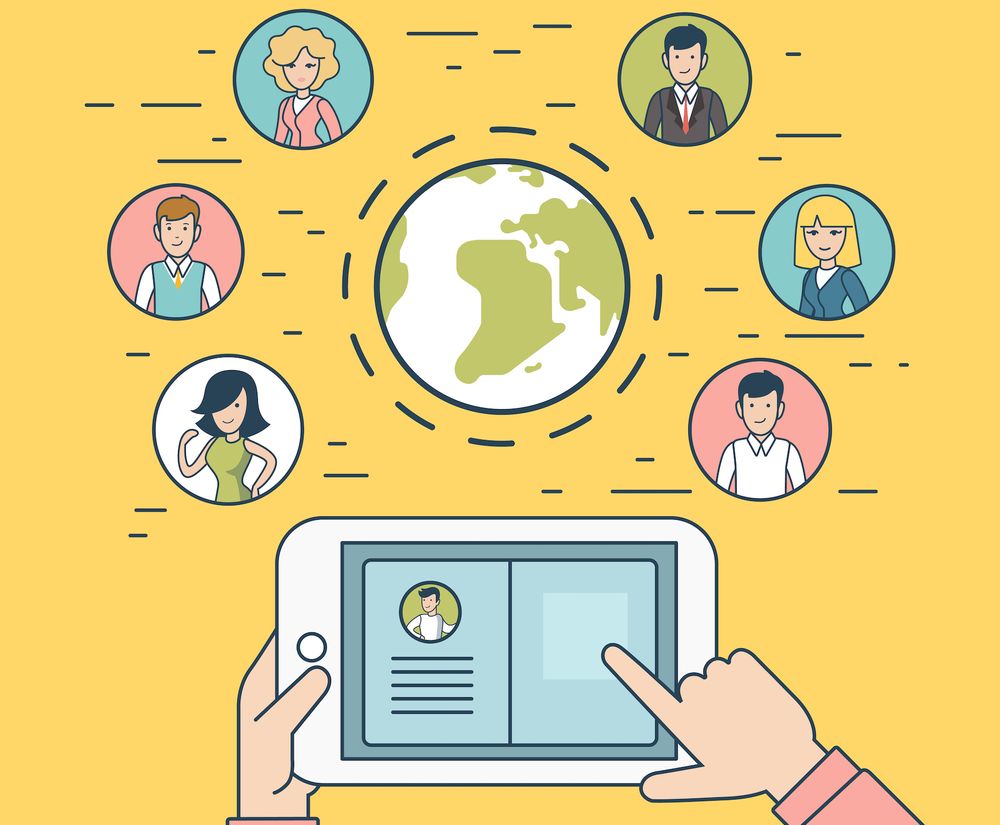How to Expand Your Online Store by implementing Omnichannel Marketing
Omnichannel marketing (also called cross-channel marketing) concentrates on providing a consistent, branded personal user experience across different channels, including the in-store experience for customers with brick-and-mortar stores.
By using an omnichannel marketing strategy, your business will be able to place ads in front of people for items that match their preferences and purchasing history as well as shorten business to business sales procedures. Matching potential customers with the right products and offers will increase the chances of conversion and boosts the efficacy of your advertising spend.
How is omnichannel marketing different in comparison to multichannel marketing?
You're probably already using multiple channels to promote your business. If you're still dependent on one channel the first thing to do will be to begin using multiple channels.
Multichannel marketing is different from an omnichannel strategy in the manner that your channels integrate and work together to deliver a consistent and seamless customer experience regardless of which stage of the customer journey.
In multichannel marketing, every channel may be functioning independent of each other. You might have a separate marketing division for each channel and calculate the ROIs of each one individually. The campaigns could be more disjointed ones, with each one having its own unique customer journeys. A customer could engage with any of these channels, and feel as though it's the first time they've interacted with you.
In contrast Omnichannel marketing is the blending and integration of your marketing strategy across various channels to provide an improved customer experience.
If you have a well-designed omnichannel strategy one can expect that a client who starts their buyer's journey through a PPC advertisement, but fails to buy anything after visiting your store online is likely to be contacted via other channels, based on their initial level of engagement and will enjoy a consistent experience.

That could mean seeing advertisements on social media or display which are pertinent to a new buyer, receiving push messages when they visit your website, personalized advertisements in video, or store specials relevant to the buyer.
Most of us have experienced cases of omnichannel marketing the form of.
When you click an advertisement on social media and then you sign up for a coupon on the store's website via a pop-up. If you don't buy the product, you might receive an email from the abandoned cart with a discount offer or see display ads for the product on other digital channels.
If you decide to make a purchase and make a purchase, you'll likely receive an email that offers suggestions on related products and get an announcement about sales in the near future. You may even get an invitation in the mail inviting shoppers to purchase an item in the store purchase, if the shop has brick and mortar locations.
It's an omnichannel experience. It may involve a combination of offline and online marketing and involves many interactions.
Sounds difficult? The good news is that you don't have to spend big budget or hire a large staff to devise a minimalist, yet effective, omnichannel marketing strategy for your store.
The benefits of omnichannel marketing are to both clients and companies
A multichannel marketing strategy offers several advantages over multichannel marketing- for your business and for customers. Here are the main ones:
It's cost-effective.
In the case of businesses, Omnichannel marketing can save money since it's much more efficient. Instead of creating separate campaigns for direct mail, social media and PPC, you can make a single campaign and apply it across your various digital and offline channels.
However, more than a mere advertising campaign, you'll also be using automated marketing that responds based on how existing or potential customers react to your advertising.
Instead of developing new marketing campaigns the omnichannel model seeks at a variety of options based upon the circumstances.
Imagine two potential customers who are both exposed to the same ad. One of them buys, and your marketing automation sends customers a unique first-time buyers offering, hoping to making them a returning client.
The other person doesn't buy yet, however, their actions indicate they're showing a lot of curiosity. You will receive messages from marketing that try to convince them to revisit and complete purchase.
There is no need to develop these sorts of tools for omnichannel marketing once, and then your automated system will utilize them depending on where someone is at in their buyer journey. The setup takes work, but once it's running using an omnichannel plan, it's a major time-saver.
It leads to better customer experiences
If your customer is comfortable and is not an unknown person Your marketing automation tools will be able to identify the place they are on the customer's journey. An omnichannel experience is better and more efficient and aligns with the expectations of customers.
It saves customers time, allows them to take faster decisions, and helps reduce confusion.
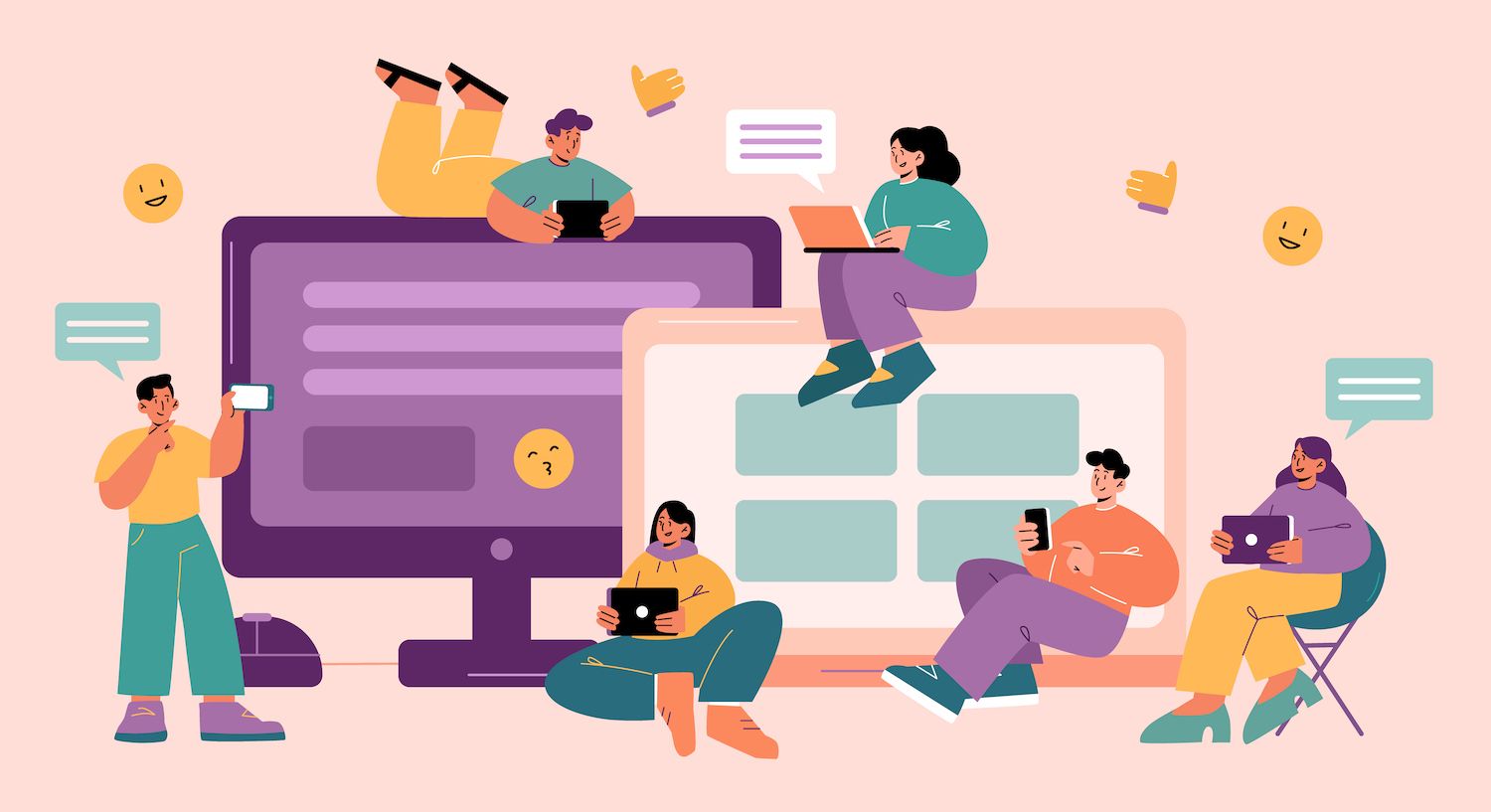
It allows you to offer better customer service
When customers need help an omnichannel solution allows your customer support team to know more about every person, so that they don't have to talk to them the same way as everyone else. It allows them to get up speed quicker, without wasting so much time starting at the beginning, and can have a more relevant and intelligent conversations.
How to create your own omnichannel marketing strategy
This is a step-bystep guide for creating an omnichannel marketing plan which won't cost you a dime.
Connect one channel at the time
There's no way of with everything at the same time and, fortunately there's no need to. Omnichannel marketing is the process of reaching your customers by delivering a consistent message to several places.
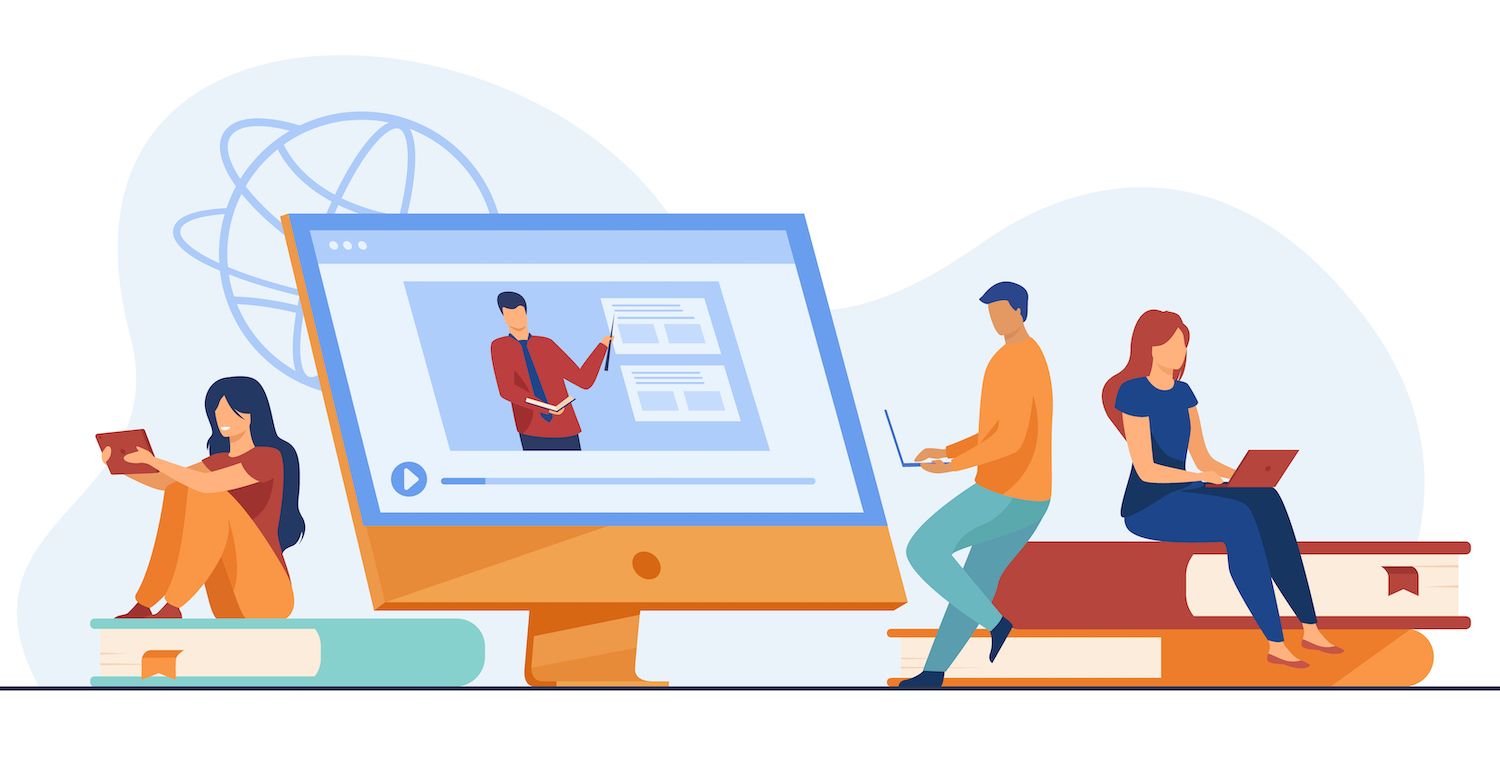
Begin with your most dominant channel. Then, you can choose the primary channel you wish to incorporate with. As you add more channels, acquire the tools for marketing automation to help the Customer Relationship Management (CRM) software communicate with your various online and offline channels, such as a brick-and-mortar store.
Make sure you are targeting your marketing messages
Affecting your advertisements to the audience segments who are the most likely to buy your products is a crucial aspect of developing a good omnichannel marketing strategy.
Prioritize marketing throughout the journey of the customer
The journey for customers begins when someone first discovers the business, and culminates in lifetime loyalty. Below are the five stages of the customer's lifecycle, as well as some popular methods for reaching customers at every stage using multichannel marketing strategies.
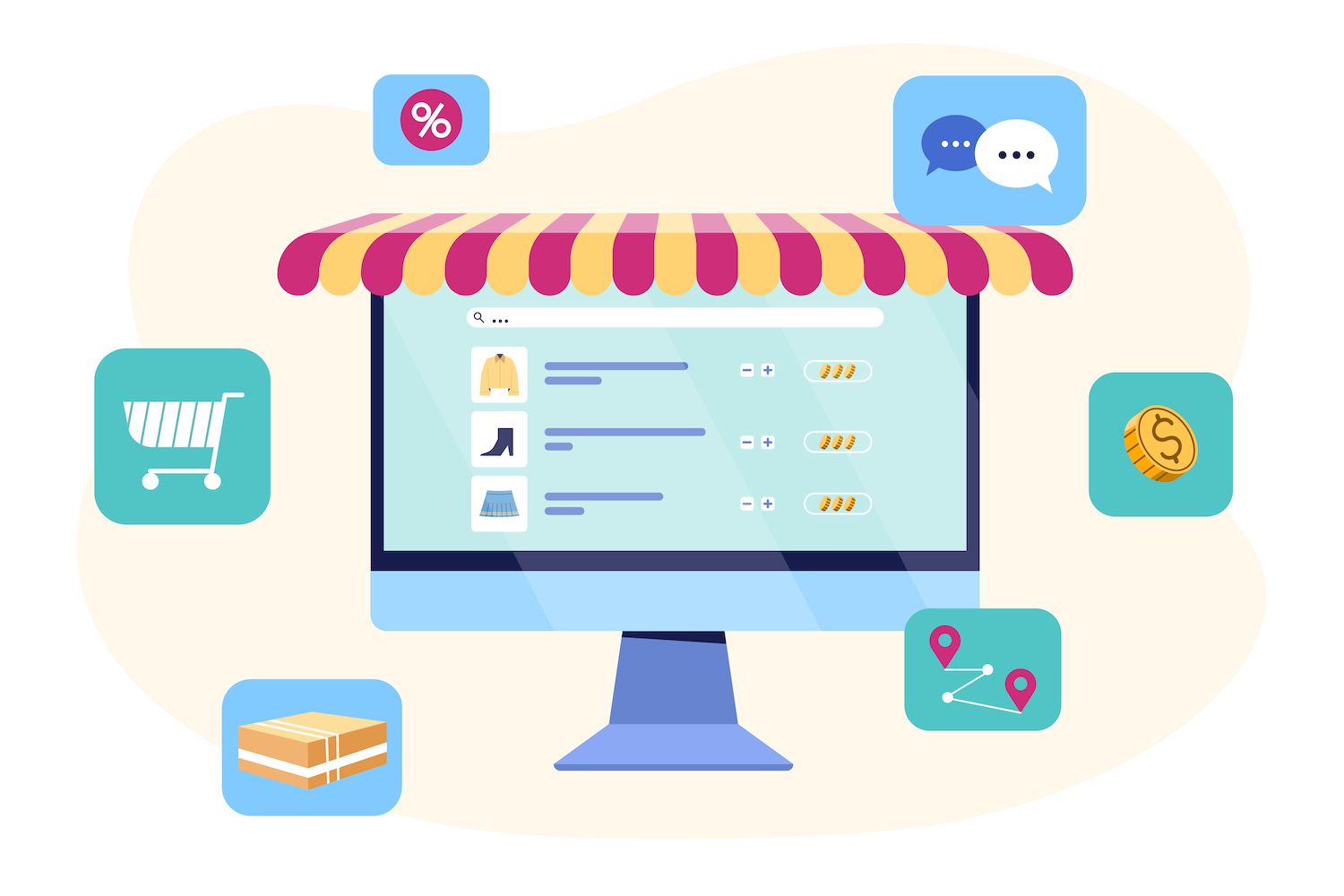
1. Reach
A shopper might be searching for a particular product or a solution to a issue. This is the perfect opportunity to let this shopper conscious of your brand. Customers may be trying to compare items, going through reviews or looking for more details on whether a particular product is the right fit to their needs.
2. Acquisition
Acquisition happens when someone visits your website, signs up for your newsletter, engages with your chatbot, reaches at your business via phone or email or even visits a brick and mortar store. They haven't made a purchase at this point, but they are looking your business out and gathering additional information.
During the acquisition phase during the acquisition phase, you are able to keep collecting data from customers in order to start delivering an omnichannel experience for each segment of your target customer base.

3. Conversion
If someone purchases something online or makes purchases in stores They've "converted" into a customer. A seamless customer experience can let them feel respected and recognized. This could include emails as well as push notifications. You may also offer other opportunities to shop in store when you own an actual store.
4. Retention
Not only does retention deliver an increase in ROI, but fostering repeat customers builds the brand's reputation and those who are loyal customers will become your greatest supporters through their testimonials as well as telling their relatives and friends about your products.
As you move through the journey of a customer You should make use of the growing data on your customers to improve the customer experience during conversion. It is possible to market your customers using follow-up emails including other suggestions for purchase or promotions that relate to their shopping history, offer them a review or a feedback survey, offer a loyalty program, and offer excellent customer service.
5. Loyalty
The satisfaction of customers leads to loyalty. But you can't just put it away and forget it.
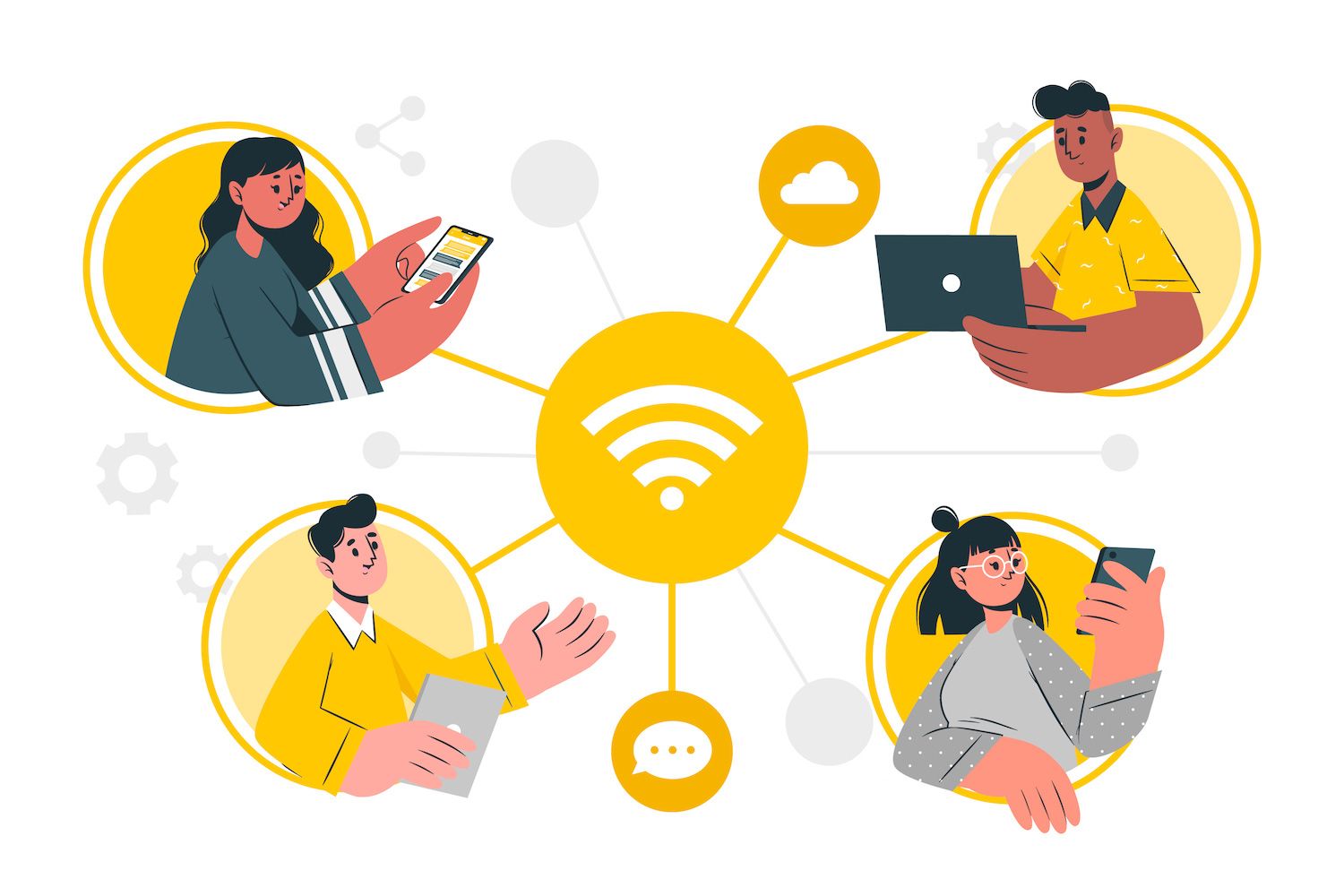
Find out which platforms for advertising best suit your omnichannel plan
If you're working with an affordable budget, you may want to choose carefully which marketing channels to concentrate on in the process of creating an omnichannel strategy for marketing. Select low-cost advertising methods first, then expand into more costly advertising platforms in the event that your budget expands.
It is the goal to create several touchpoints on different channels to provide an experience that is consistent for customers.
Low-cost marketing strategies comprise:
Organic search
Then, use the customer information you collect from Google Analytics and other marketing tools to improve the effectiveness of your multichannel marketing strategies.

Google Shopping
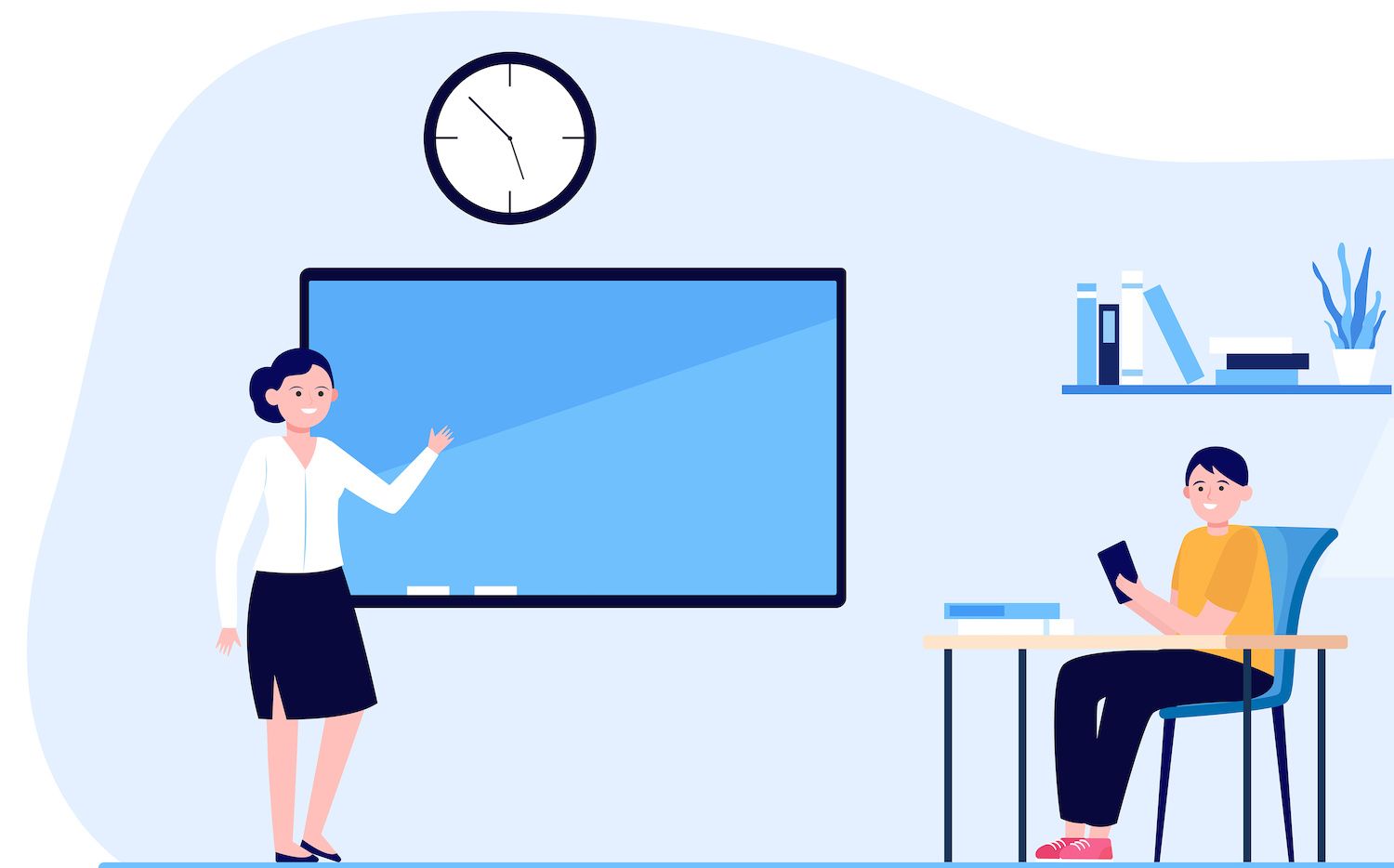
Email marketing
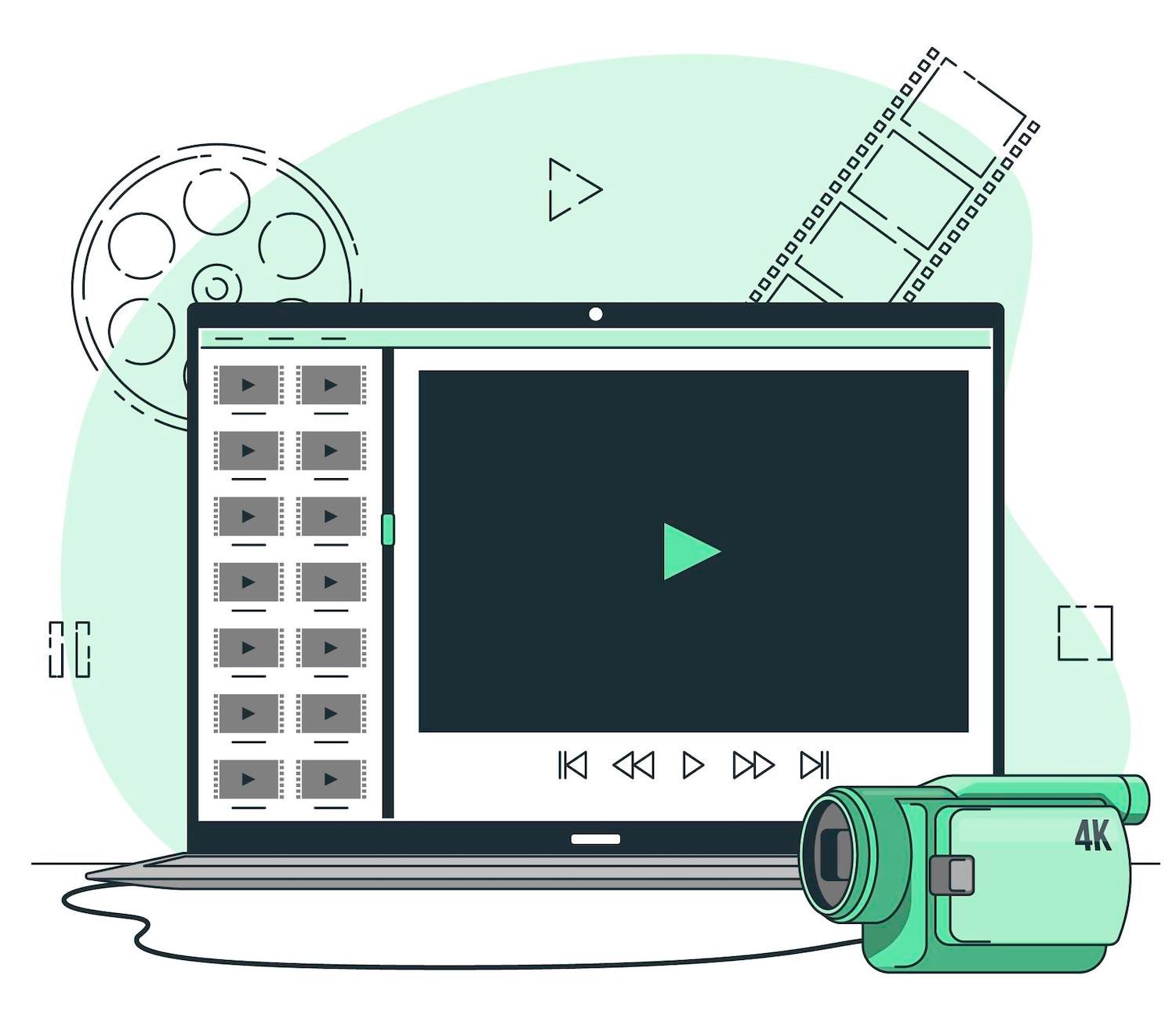
Through services such as MailPoet, you can send a welcome email series for new customers, suggestions for products based on previous purchases, abandoned cart emails for those who abandoned items in their carts announcements about sales, and many other multichannel marketing strategies.
Rewards program
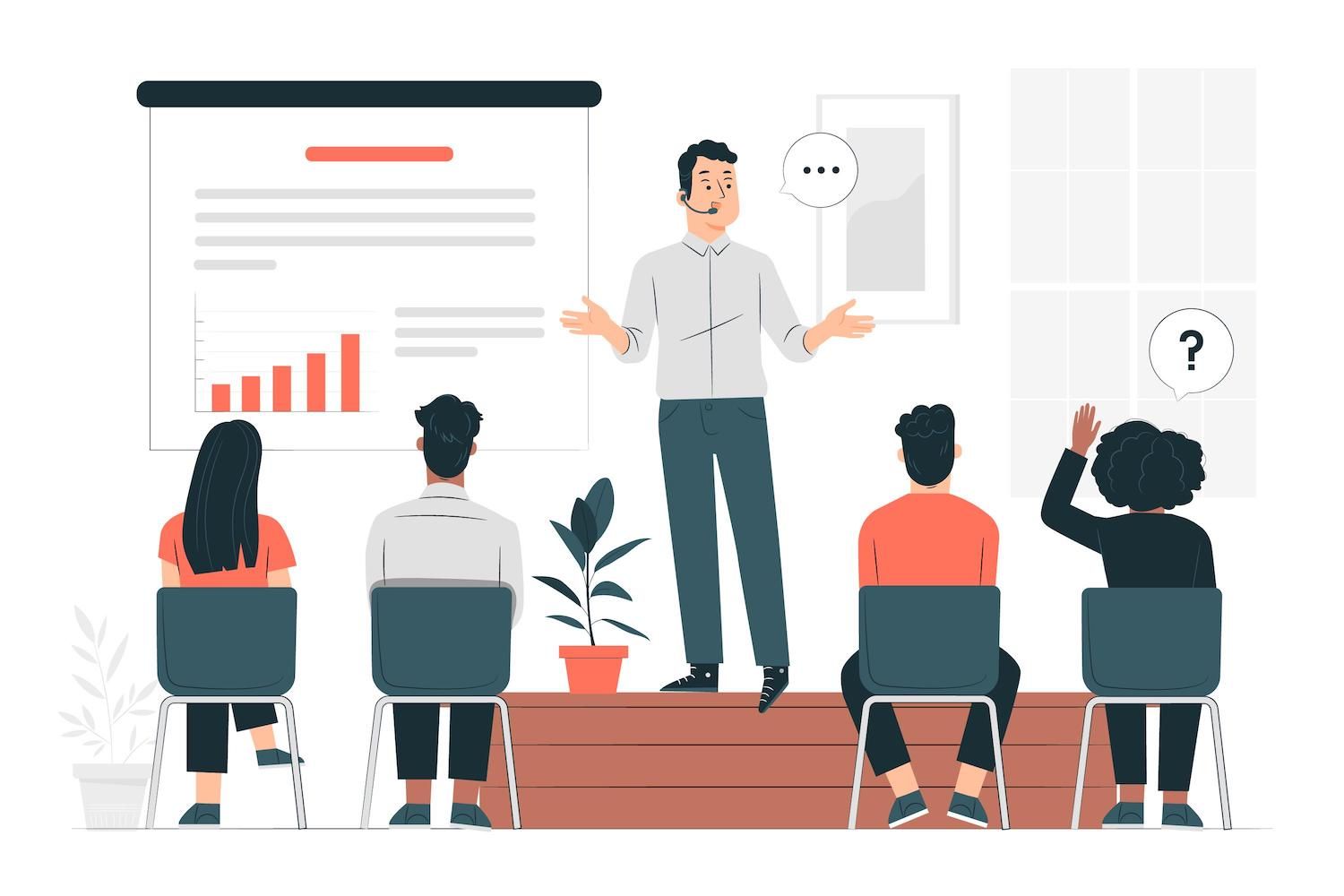
Customers can get an omnichannel advertising program that is tailored for them and even on other channels and multiple devices. Imagine a reward member receiving ads that show their how many points they have and suggests ways to use the points. It's an example for the omnichannel experience.
Customer service
Every interaction with a customer is an opportunity for marketing. Instead of viewing customer service as merely a way to handle issues and concerns consider it an opportunity to build long-lasting fans.
By implementing an omnichannel strategy for marketing, your customer service team can view the history of a client's engagement and purchases and also previous interactions with you. If you utilize all of this into consideration it will allow you to provide seamless customer service regardless of what customer service channel they use for customer service, including text messages, chatbots or phone and email or inside brick-and-mortar locations.
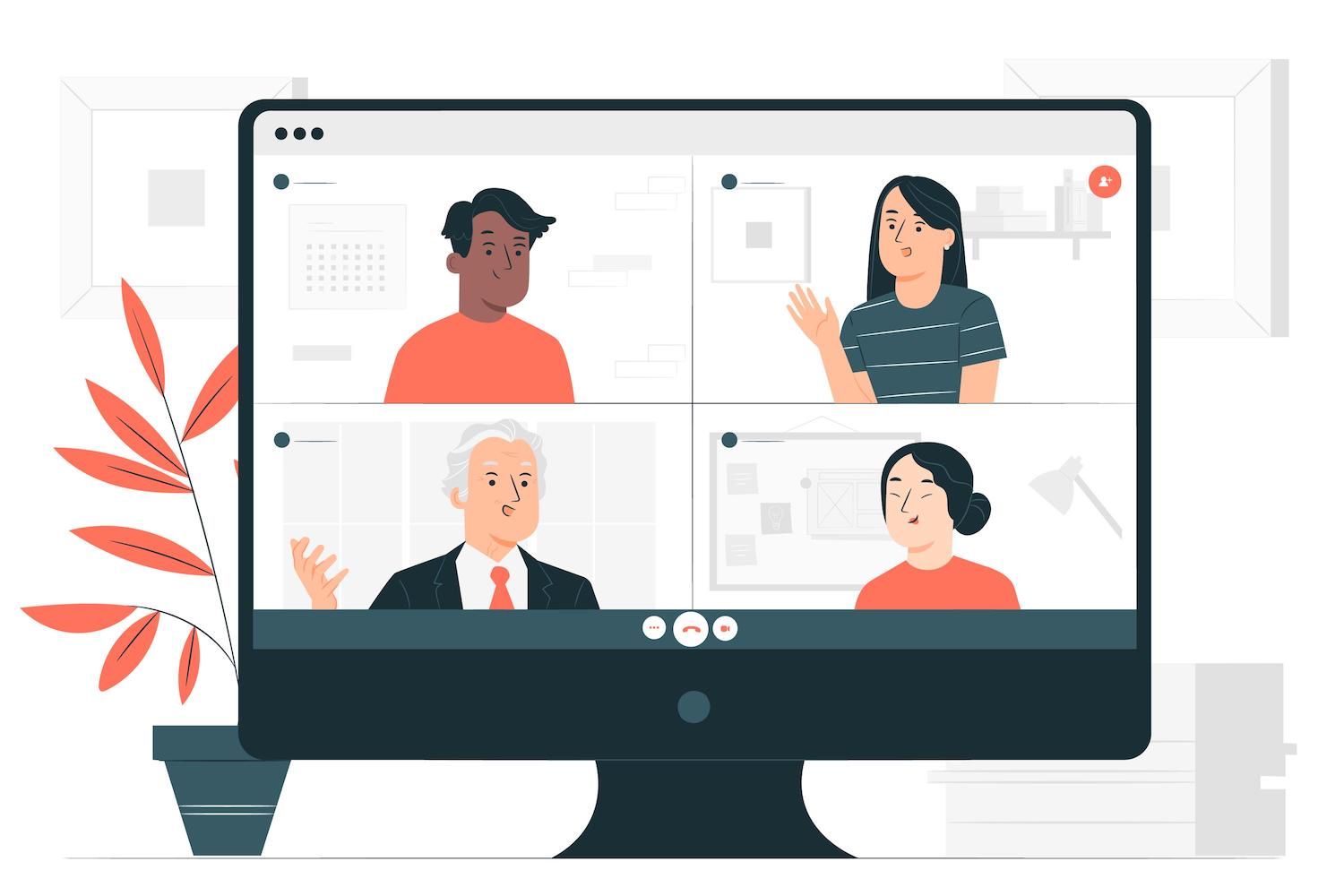
Utilizing a customer relationship management (CRM) software like Jetpack CRM can help ensure that customer service is smooth and simple. Set up your support portal, keep track of and manage tickets, and much more, in your shop. It's not necessary to log to a CRM website from a third party for managing your customers- you can do it entirely from the WordPress admin section.
Organic social media
It's not easy to get organic attention on social media, especially with the many voices that compete, but there are a few good options for advertising that is free and very successful. You can:
- Make a Facebook page for your business
- Be active and engage regularly on all your social media platforms
- Do an AMA on Reddit by using Reddit's "Ask Me Anything" subreddit
Marketing methods that are more expensive comprise:
Paid search
If you want to show higher than organic results of search or gain immediate traffic while you improve your SEO, paid advertisements for search are the best method to take. Make sure that the landing page for your business is optimized for mobile, load quickly, and reflects the content of your ad copy.
With remarketing tools, paid search could become a valuable source of customer data that can be used to implement your omnichannel marketing approach.
Paid Google Shopping

Ads to display
Social media ads
Engaging with people who are on social media is an excellent opportunity to gain new clients because they will directly share your ads with their circle of friends. You can market to people by demographic data, perceived desires, interests, or by uploading an email address list of customers to create a lookalike audience that has similar profiles to your existing client base. You can also implement an omnichannel approach to marketing on social media when you have integrated these channels with your CRM.

Facebook is a platform that connects your shop's catalogue of products with Facebook and Instagram to ensure a unified customer experience. You can also purchase ads directly through your dashboard.
Video ads
Thanks to the rise of online platforms such as YouTube and more budget-friendly tools for editing and video production tools, video marketing doesn't necessarily have to be out budget for smaller businesses.
If you plan to incorporate video in your multichannel marketing strategy, you must make sure you create videos that can be used across multiple platforms. Make clips available for blogs, social media marketing, and product pages to make the most of these marketing tools.
The most well-known advertising platform for video is YouTube, other options include:
- Platforms for social video, such as TikTok as well as Snapchat
- Services for live streaming video including Twitch and Vimeo
- On-demand video streaming networks like Amazon Prime and Hulu
Print advertisements
Based on your audience as well as the products you offer, print advertising may be an excellent method to enhance your marketing initiatives online as well as blend offline and online marketing strategies. Think about putting an ad in a magazine sending out a catalog printed, sending postcards with special discounts, or using the front door advertising techniques such as door hangers as well as product samples.

Similar to marketing via digital channels, you are able to measure the effectiveness on your offline and in-store efforts. In the same way, omnichannel marketing depends on having an ongoing flow of precise data about your customers, which is customized for every customer.
Here are the key online marketing tools to help with offline information collection as well as the omnichannel experience in stores:
- QR codes that include tracking hyperlinks. You can create unique tracking-compatible links that work with the QR code. Add these codes to the marketing material you print, and when a customer uses it to visit your business, you'll know the exact printed item that prompted the customer to pay the trip.
- Special landing page links. As a QR code alternative, you can build custom landing pages that include unique links and include the URL in your printed ads. Be sure to keep these URLs short since customers have to type them in.
Design and create ad copy that can be used across multiple platforms
Omnichannel marketing is all about being consistent and efficient. Not only does crafting your images, video and advertising copy with multiple uses to think about saving you cash on the creation of creative materials It also allows for a an unifying, consistent customer experience across different channels.

It is important to shoot photographs and videos designed to be used on various media platforms. Different platforms use different aspect ratios, so you'll have to shoot and edit your videos and images keeping this in mind. Common aspect ratios include:
- Horizontal 16:9
- Square 1:1
- Vertical: 4:5 and 2 3
- Full Portrait 9:16
Design your images and video at the highest resolution possible and export to smaller resolutions.
Utilize and analyze your customers' data
Regularly reviewing the results of your omnichannel marketing campaigns across your various channels is essential. If an ad campaign has been failing, you might need to alter it before spending money on the campaign. Analyzing your data will help you understand which ads are working and which aren't.
Google Analytics is probably the most complete tool to track activity on your website. It is possible to examine referral sources to see what websites visitors come from, gain an idea of the effectiveness of search and display ad campaigns, and get information on the demographics of your website visitors.
In integrating the data into your CRM, your other marketing channels could utilize it to create a consistent experience for your customers.

Empower your marketing team
By implementing omnichannel marketing, your team will be able increase their effectiveness by customizing strategies based on the behavior of customers.
In the event that you use sales personnel and sales teams, they'll be more effective at engaging customers individually when they can see the information about prior purchases interaction, emails, clicks, shares, reviews, as well as other data resulting from the omnichannel experience.
Make changes to your ad strategies in line with your key performance indicators (KPIs)
When you have reviewed the results of your omnichannel marketing campaigns, you can update your strategy. Most companies will find that ad campaigns with small CPAs and high ROIs should be given additional ad spend while campaigns with high CPAs as well as low ROIs must be eliminated. But you may have other performance indicators that are important for your business.
If your ads do not result in direct sales, however they frequently correlate with higher organic search traffic or leads, it may mean that ads are very successful in reaching out to shoppers at the earlier stage of their customer journey.
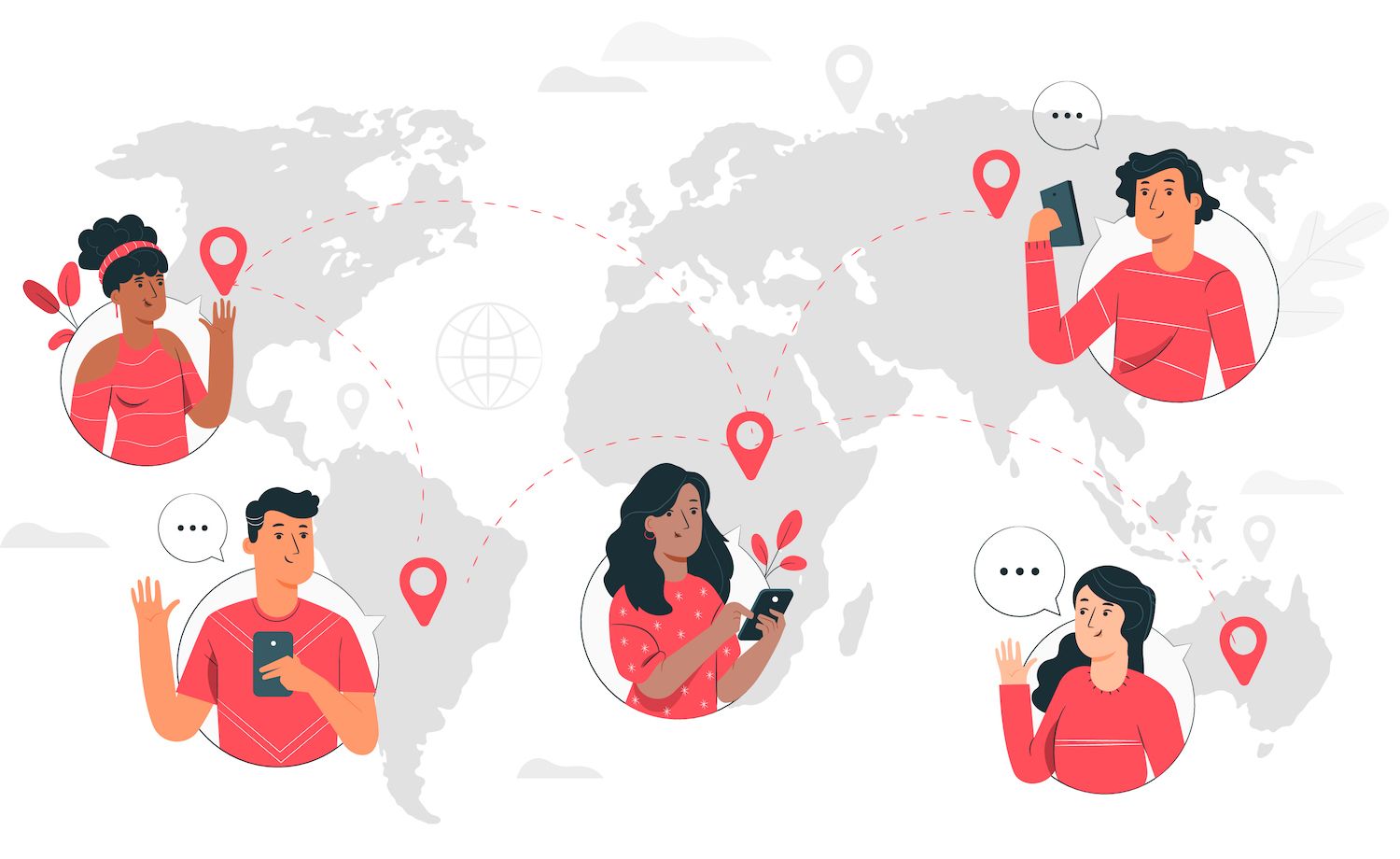
Try turning some of the less-performing ads on and off for a period of time in order to see if they have any impact on other measures.
To improve customer retention and loyalty programs, if you find that not many customers take benefit of the rewards points they earn or haven't redeemed certain coupons, you might look at tweaking your promotion or altering the amount of points required for redemption. Just because one strategy of your omnichannel strategy is ineffective doesn't mean it shouldn't be improved to generate more sales for your business.
Let your business expand
By being strategic in selecting your marketing tools and platforms, utilizing automation tools, creating sustainable and reuseable creative assets continuously evaluating and revising your multichannel marketing plan based on performance, you will increase your revenues.
Just like any other thing that's worth doing, this will require time to improve. By starting out with just one or two channels of marketing, as you progress based on the data from your previous efforts, you'll be able to develop an omnichannel strategy for long-term success which generate revenue for your business.
